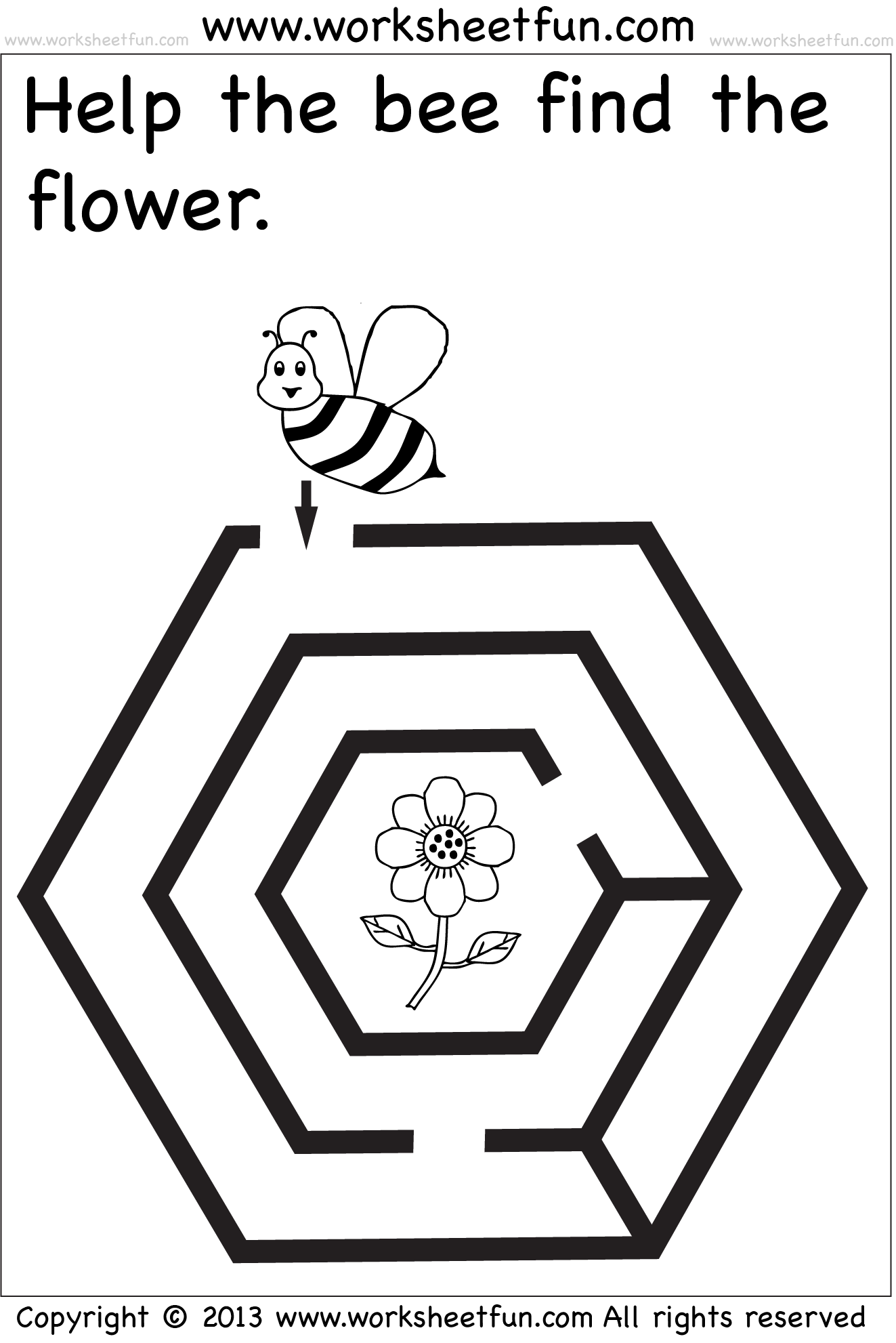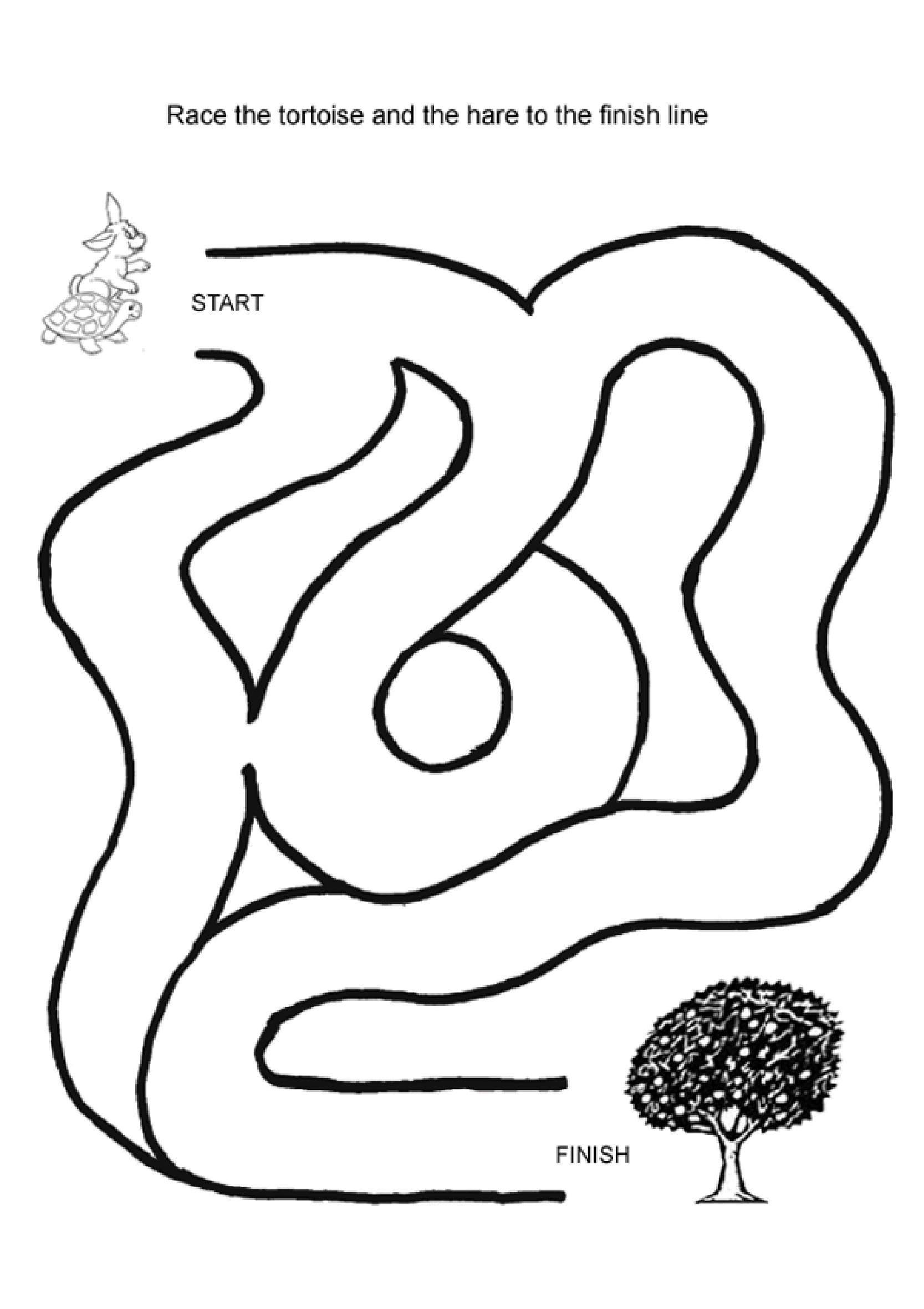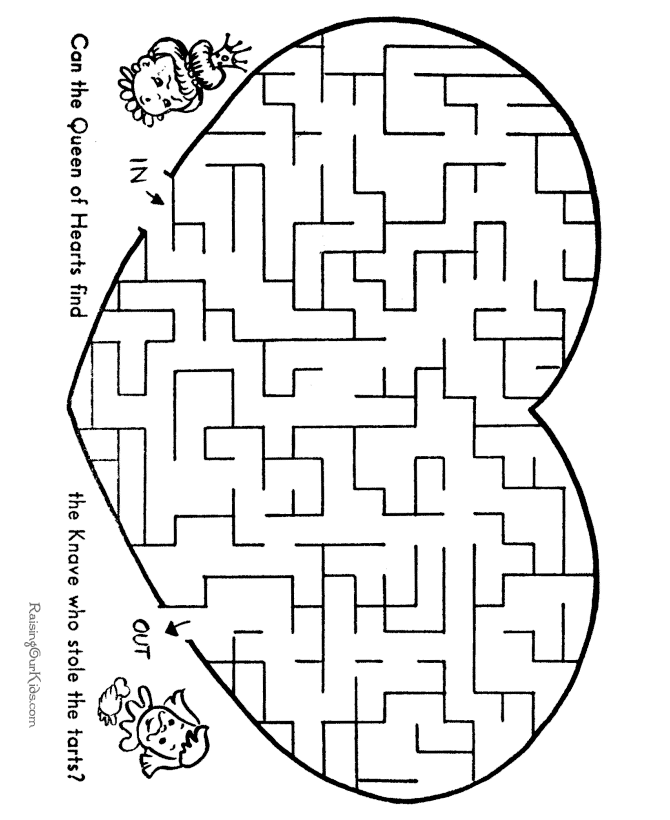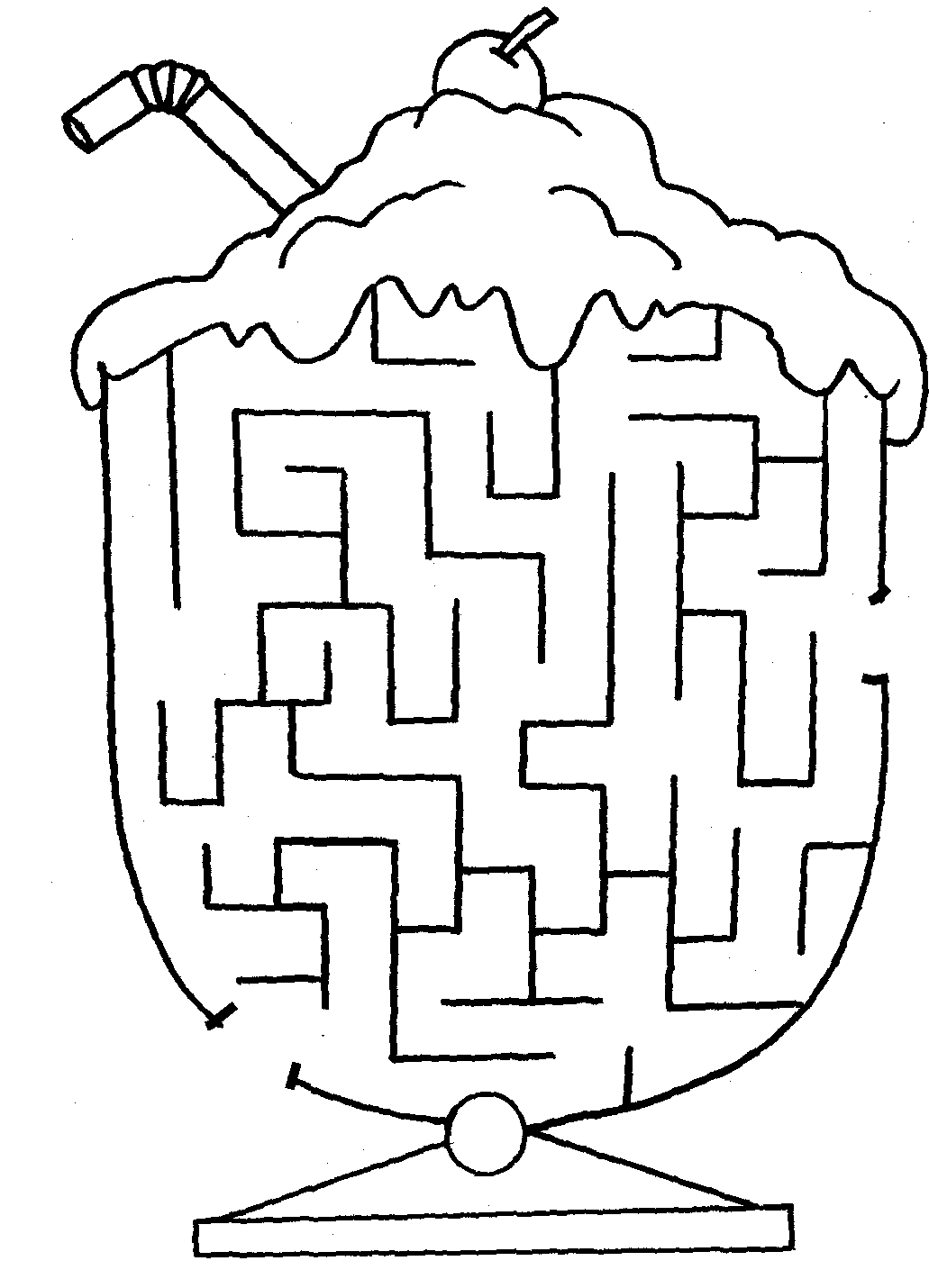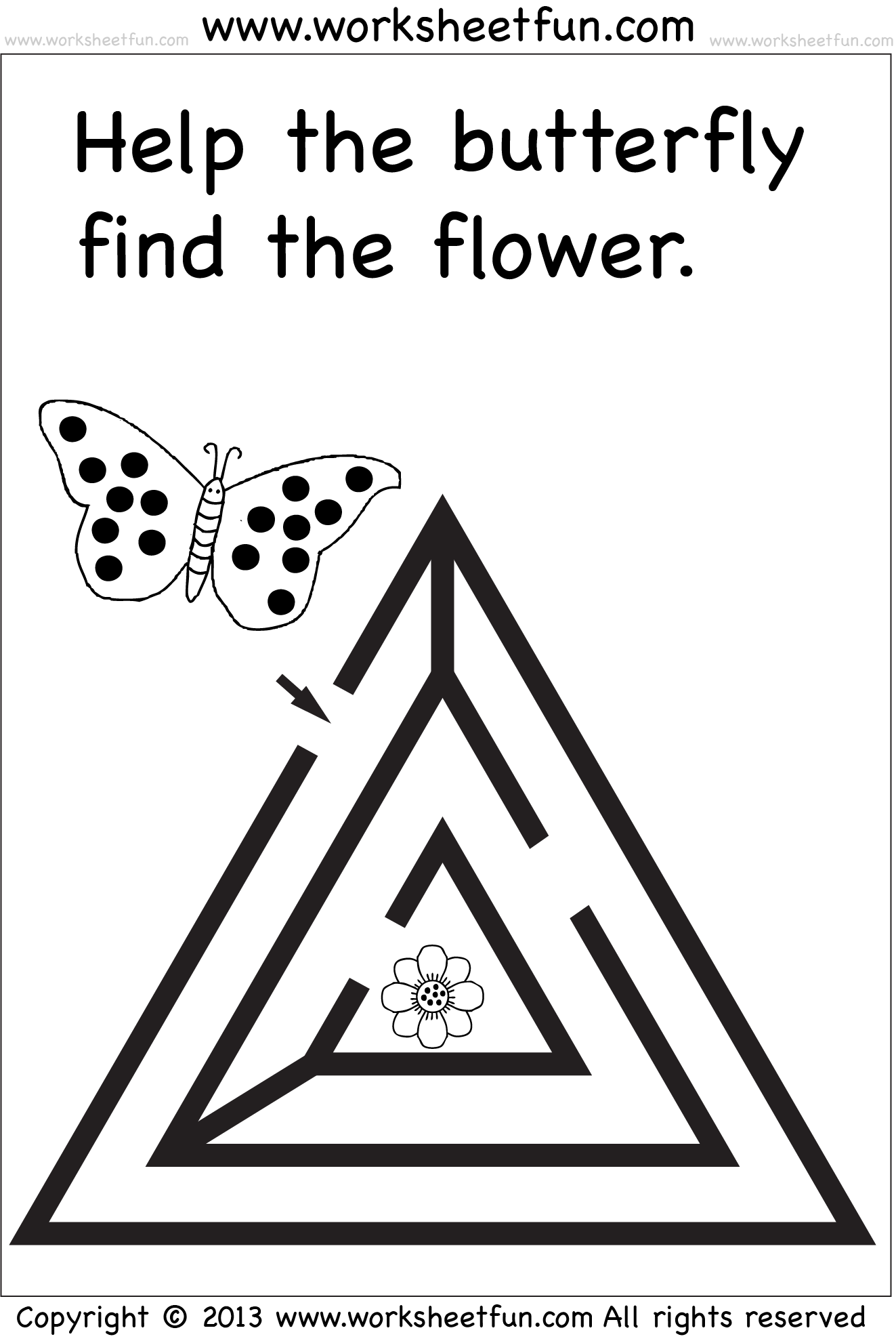When it comes to preschool and kindergarten activities, one of the most engaging and educational options is mazes. Mazes are not only fun, but they also help children develop important skills such as problem-solving, critical thinking, and hand-eye coordination. In this article, we will explore a variety of beginner mazes that are perfect for preschool and kindergarten children.
Mazes can be a great way to introduce young learners to the concept of navigating through obstacles and finding their way to the end. These beginner mazes are designed specifically for preschool and kindergarten children, making them age-appropriate and engaging.
The availability of free educational printables, such as mazes, makes it easier than ever to incorporate fun and interactive learning activities into your child’s routine. These printable mazes are not only entertaining but also help children develop cognitive, problem-solving, and fine motor skills.
For young children, printable mazes offer a unique blend of entertainment and education. These easy mazes are specifically designed to cater to the abilities of preschoolers. By completing these mazes, children can enhance their concentration, logical thinking, and spatial awareness skills in a fun and engaging way.
Mazes have long been recognized as an effective learning tool for children. Apart from their entertainment value, mazes also provide numerous cognitive benefits, including improved problem-solving skills, spatial awareness, and patience. These printable mazes for kids are a wonderful resource for parents and educators alike.
Free educational printables, such as mazes, offer a cost-effective and convenient way to keep young minds engaged and entertained. These free mazes provide children with an opportunity to explore and enhance their cognitive abilities while having fun.
Easy printable mazes are a fantastic resource for parents and teachers alike to encourage young learners to develop problem-solving skills. These mazes are specifically designed for preschool-aged children, making them the perfect learning tool for this age group.
What could be more fun than completing a maze and finding your way to a delicious ice cream treat? These easy printable mazes not only offer an entertaining experience but also help children fine-tune their problem-solving skills and critical thinking abilities.
Engaging children in educational activities from a young age can have a significant impact on their overall development. These printable mazes for kids are specifically designed to cater to young learners’ needs, providing them with an enjoyable way to develop their problem-solving and critical thinking skills.
Free preschool mazes worksheets are a valuable resource for parents, homeschoolers, and teachers. These printable worksheets provide children with an opportunity to develop their logical thinking, problem-solving, and concentration skills while having fun completing the mazes.
Enhancing Early Learning With Mazes
Early childhood is a critical period for cognitive and skill development. As parents and educators, it is essential to introduce children to different activities that stimulate their minds. Mazes are an excellent choice for enhancing early learning and providing children with a range of developmental benefits.
Not only are mazes entertaining, but they also offer numerous educational advantages. By engaging in maze-solving activities, young children can improve their problem-solving skills, critical thinking abilities, attention span, and visual motor skills. As they navigate through the twists and turns of mazes, they learn to plan, strategize, and make decisions, all of which are crucial skills for their future academic success.
Benefits of Mazes for Preschool and Kindergarten Children
Mazes offer a host of benefits for preschool and kindergarten-aged children. Let’s explore some of the key advantages they provide:
1. Cognitive Development:
Mazes stimulate children’s cognitive abilities, including logical reasoning, spatial reasoning, and problem-solving skills. As they encounter dead ends, forks, and multiple pathways, they learn to analyze and make decisions to find the correct path.
2. Hand-Eye Coordination:
Completing mazes requires children to use their hands and eyes in a coordinated manner. They learn to follow the path with their fingers or pencils and visually track their progress, improving their hand-eye coordination and fine motor skills.
3. Patience and Perseverance:
Mazes teach children the value of patience and perseverance. They understand that reaching the goal sometimes requires going back and trying a different route. This lesson in resilience and determination is crucial for their overall development.
4. Visual Tracking:
As children navigate through mazes, they develop visual tracking skills. They learn to follow lines, shapes, and patterns, enhancing their visual perception and attention to detail.
5. Spatial Awareness:
Mazes offer an opportunity for children to develop spatial awareness. By mentally mapping the maze layout, they gain a better understanding of the relationship between objects and the ability to recognize patterns and connections.
Incorporating Mazes into Daily Learning
Mazes can be incorporated into various aspects of a child’s daily learning routine. Here are some suggestions to make the most out of these engaging activities:
1. Morning Warm-Up:
Start the day with a maze as part of a morning warm-up routine. Children can complete a maze as a fun and stimulating activity to kickstart their cognitive abilities and get them ready for the day ahead.
2. Math Exploration:
Utilize mazes to introduce and reinforce math concepts. For example, you can create mazes where children need to solve simple arithmetic problems to find the correct path. This approach combines problem-solving with math practice in an enjoyable way.
3. Literacy Integration:
Integrate mazes with literacy activities by creating mazes that follow a letter or word. Children can trace the letters or words as they complete the maze, reinforcing their understanding of print concepts and letter formation.
4. Sensory Play:
Mazes can be created using various materials, such as sand, rice, or playdough. Encourage children to navigate their way through these sensory mazes using their fingers or small toys. This multi-sensory approach enhances engagement and sensory development.
5. Problem-Solving Challenges:
Present children with more complex mazes that require problem-solving and critical thinking skills. These challenging mazes can foster creativity, resilience, and the ability to think outside the box.
Conclusion
Mazes offer a wealth of benefits for preschool and kindergarten children. They not only provide entertainment but also promote cognitive development, hand-eye coordination, and problem-solving skills. By incorporating mazes into daily learning activities, parents and educators can enhance children’s overall development in a fun and engaging way. So why not introduce your child to the world of mazes and watch them grow and thrive?

